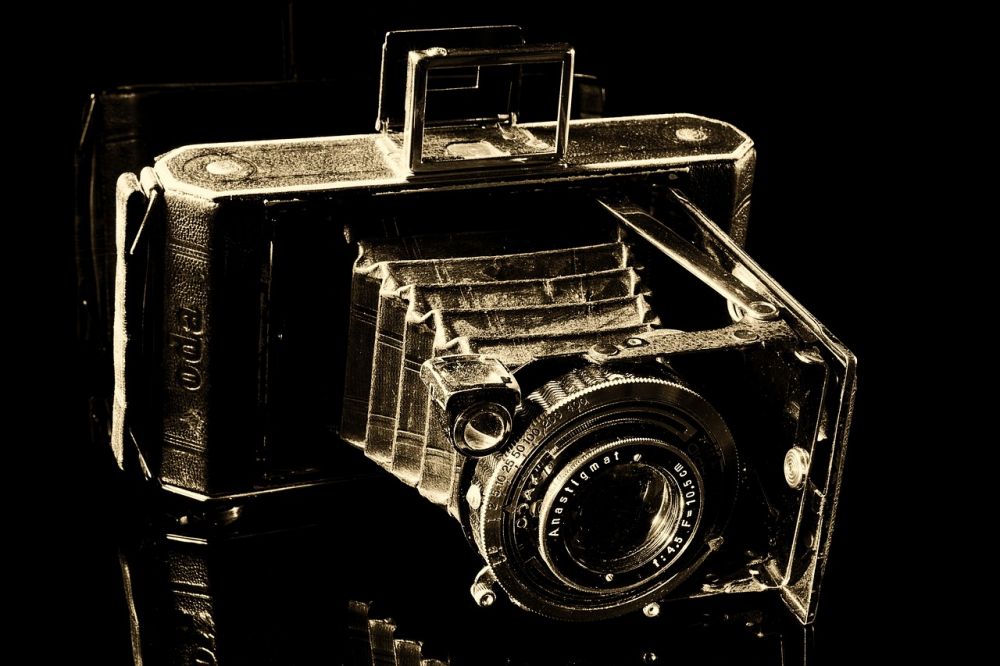Amsterdam Film: Exploring the Rich Cinematic Journey of the Dutch Capital

Introduction
:

Amsterdam, the capital city of the Netherlands, has always been a hub of cultural diversity and artistic expression. It is no wonder then that the city has a thriving film industry that has captivated audiences around the world. In this article, we will delve into the fascinating world of “Amsterdam Film” and shed light on its historical evolution, notable achievements, and the elements that make it a must-know topic for cinema enthusiasts.
Historical Development
:
The roots of Amsterdam’s film industry can be traced back to the early 20th century when cinema halls began to dot the city’s landscape. These theaters quickly became popular among locals, offering a captivating escape into the world of moving pictures. Through the years, Amsterdam’s film scene witnessed multiple transformations, adapting to societal changes and embracing new technologies.
– Early Beginnings
: In the early 1900s, Dutch filmmakers like Willy Mullens and Albert Mullens laid the foundation for the country’s film industry. Their pioneering efforts in creating short films and documentaries paved the way for future filmmakers to explore their creativity.
– Golden Age
: The 1930s witnessed the emergence of a Golden Age for Dutch cinema, with filmmakers like Joris Ivens and Ludwig Berger gaining international recognition. Amsterdam became a thriving center for avant-garde and experimental filmmaking, pushing the boundaries of traditional storytelling.
– Post-War Renaissance
: After World War II, Amsterdam’s film industry experienced a renaissance, with a wave of talented directors and production companies. This era saw a significant rise in Dutch cinema’s international significance, with films like “Fanfare” (1958) by Bert Haanstra receiving critical acclaim and winning awards at prestigious film festivals.
– Contemporary Era
: The Dutch film industry continues to flourish in the present day, with Amsterdam being host to renowned film festivals such as the International Documentary Film Festival Amsterdam (IDFA) and the Netherlands Film Festival. It is also home to various production companies and studios, attracting filmmakers from all over the world.
Elements of Amsterdam Film
:
To truly understand and appreciate Amsterdam Film, it is important to consider the following key elements:
1. Dutch Filmmaking Style:
– Social Realism: Dutch filmmakers have often explored social issues and depicted the reality of everyday life in their films. This inclination towards social realism has given Amsterdam Film a unique identity and has resonated with both domestic and international audiences.
2. Cultural Diversity:
– Amsterdam’s multicultural society has greatly influenced its film industry, bringing a richness of perspectives and stories to the screen. Films often touch upon themes of immigration, identity, and integration, reflecting the city’s cosmopolitan nature.
3. Collaboration and Funding:
– The Dutch film industry thrives on collaboration between various stakeholders, including filmmakers, producers, distributors, and government bodies. Organizations like the Netherlands Film Fund play a crucial role in providing financial support and incentives to ensure a vibrant and sustainable film culture.
Capitalizing on Featured Snippets and Structuring the Text:
To increase the likelihood of this article being featured as a snippet on Google search, it is essential to structure the text effectively. By using appropriate heading tags, bullet points, and clear subheadings, we can optimize the content for better visibility. Below is a suggested structure:
Introduction
Historical Development
– Early Beginnings
– Golden Age
– Post-War Renaissance
– Contemporary Era
Elements of Amsterdam Film
– Dutch Filmmaking Style
– Cultural Diversity
– Collaboration and Funding
Conclusion
Conclusion:
Amsterdam Film has evolved significantly over time, reflecting the city’s cultural heritage, diverse society, and creative spirit. From the pioneering efforts of early filmmakers to the industry’s present-day achievements, Amsterdam continues to be a prominent destination for cinema enthusiasts. By exploring the rich history and elements that define Amsterdam Film, one can gain a deeper appreciation for the contributions of this vibrant city to the world of cinema.





